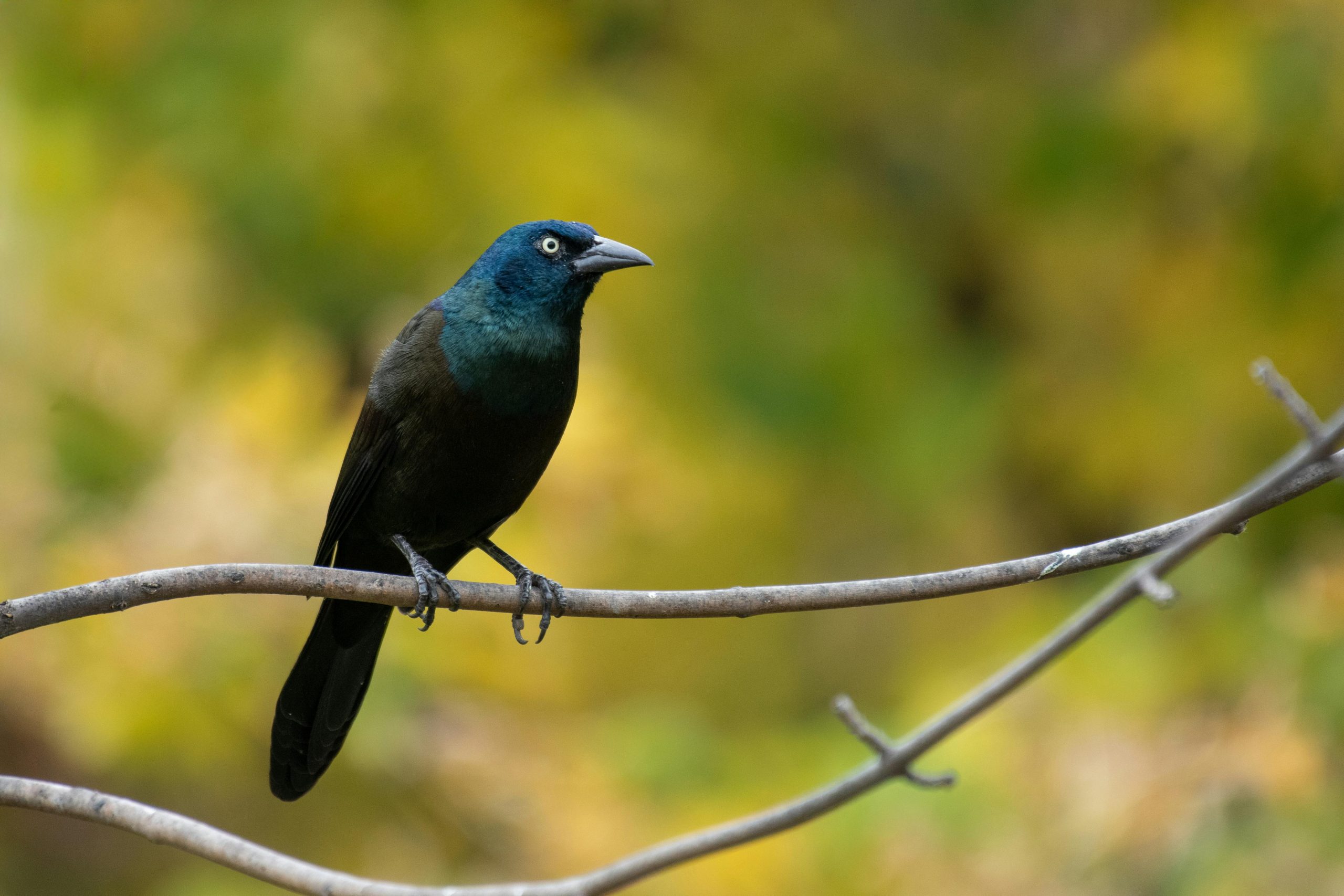Title: A Flourishing Habitat: The Remarkable Wildlife Surge in Olympic Park
Olympic Park has recently become a vibrant sanctuary for wildlife, showcasing an impressive array of species that have made their home in the area. Recent surveys have unveiled the presence of dozens of different species, highlighting the park’s ecological significance and the success of conservation efforts.
This remarkable biodiversity is a testament to the hard work put into restoring and preserving natural habitats within the park. Enthusiasts and researchers alike are thrilled to witness the resurgence of such a rich variety of flora and fauna, which further emphasizes the importance of green spaces in urban environments.
Among the newly identified species are birds, mammals, and insects, each playing a crucial role in the ecosystem. The harmonious coexistence of these species signifies a healthy environment that supports not only wildlife but also enhances the overall quality of life for visitors.
As we continue to protect and nurture this precious urban oasis, the success of Olympic Park serves as a reminder of the vital role that conservation plays in securing a sustainable future for both wildlife and communities.


Impressed by Olympic Park’s Biodiversity Success
As a London resident who frequently visits Olympic Park, I am absolutely delighted to hear about this remarkable surge in local wildlife. It’s inspiring to see how dedicated conservation efforts are transforming the area into a thriving habitat for dozens of species, providing both ecological benefits and educational opportunities for visitors.
This highlights the importance of integrating natural habitats within urban planning—not only does it support biodiversity, but it also enhances residents’ well-being and connection to nature. I believe that creating more such green corridors across London could further bolster the city’s ecological resilience and offer additional spaces for community engagement and environmental awareness.
For those interested in supporting local wildlife, consider participating in volunteer activities or educational programs offered by organizations involved in habitat restoration. Every effort counts in maintaining and expanding these vital urban ecosystems.
London’s Urban Wildlife Conservation: A Model for Future Initiatives
It’s inspiring to see Olympic Park serving as a haven for such diverse species within the bustling cityscape of London. This success highlights the importance of integrating green spaces into urban planning, not just for recreational purposes but as vital ecosystems supporting local biodiversity.
Furthermore, London’s commitment to habitat restoration and conservation initiatives can be a blueprint for other urban areas striving to balance development with wildlife preservation. Efforts such as creating native plant habitats, installing bird and insect nesting sites, and minimizing pollution are all crucial steps that contribute to this positive trend.
As residents, we can also play a part by engaging in community-led conservation projects and spreading awareness about protecting our urban wildlife. The continued growth of biodiversity in Olympic Park reminds us that with collective effort and thoughtful planning, cities like London can thrive as both vibrant urban centers and sustainable habitats for wildlife.